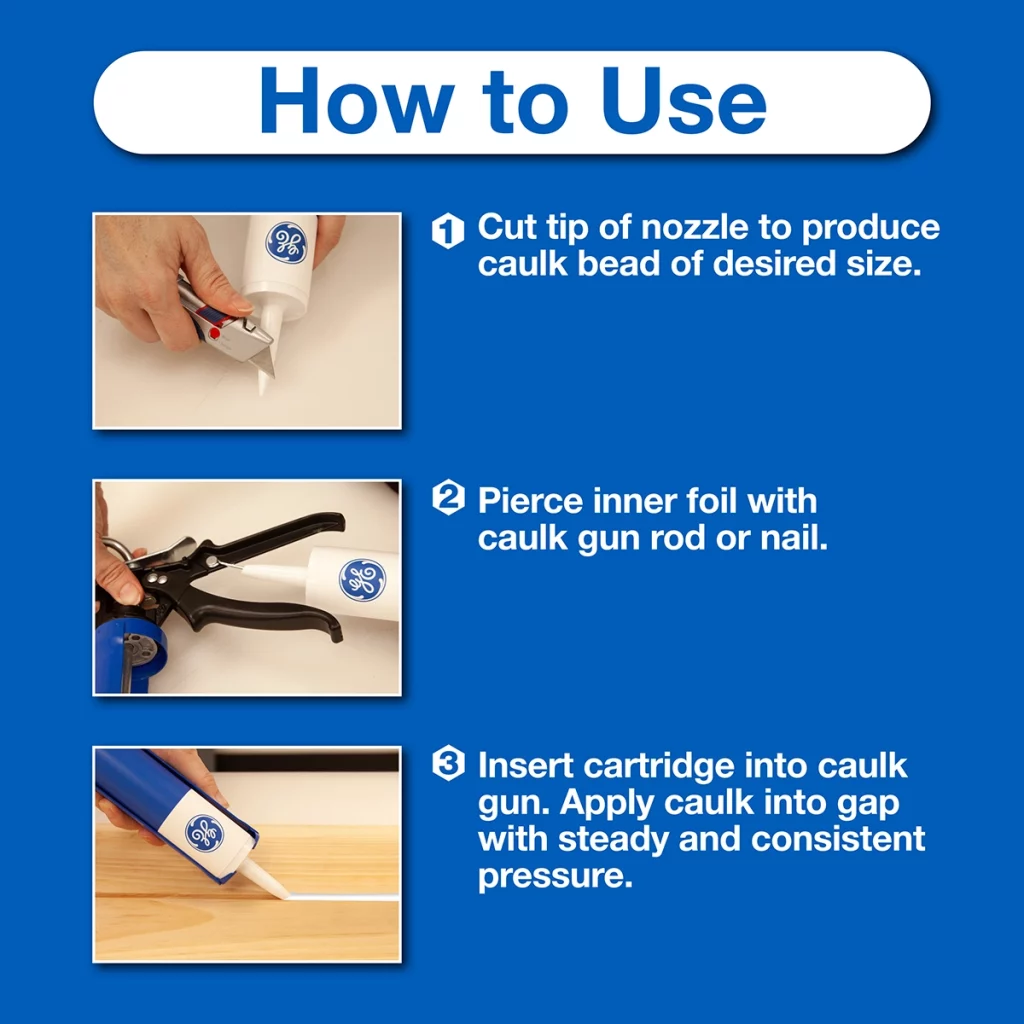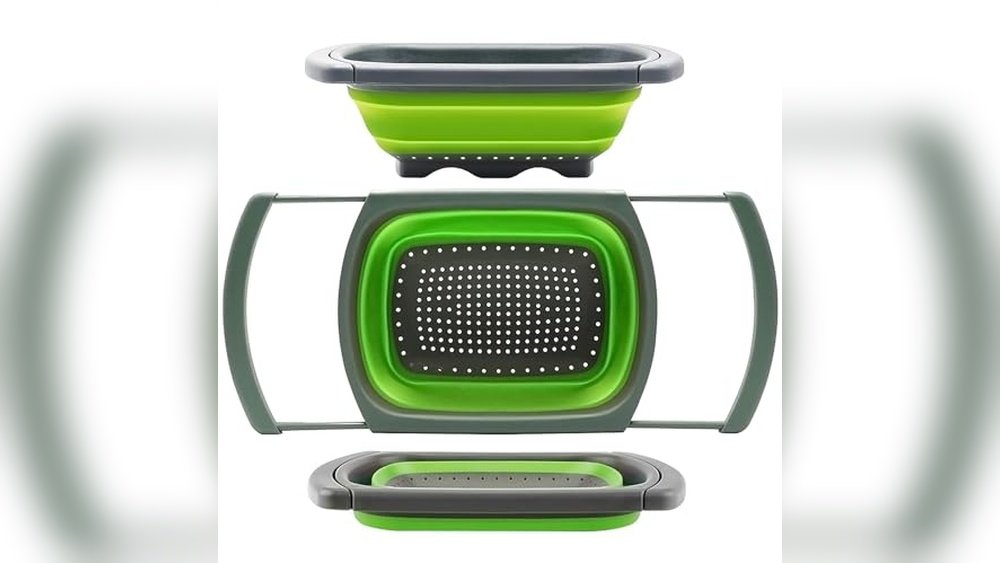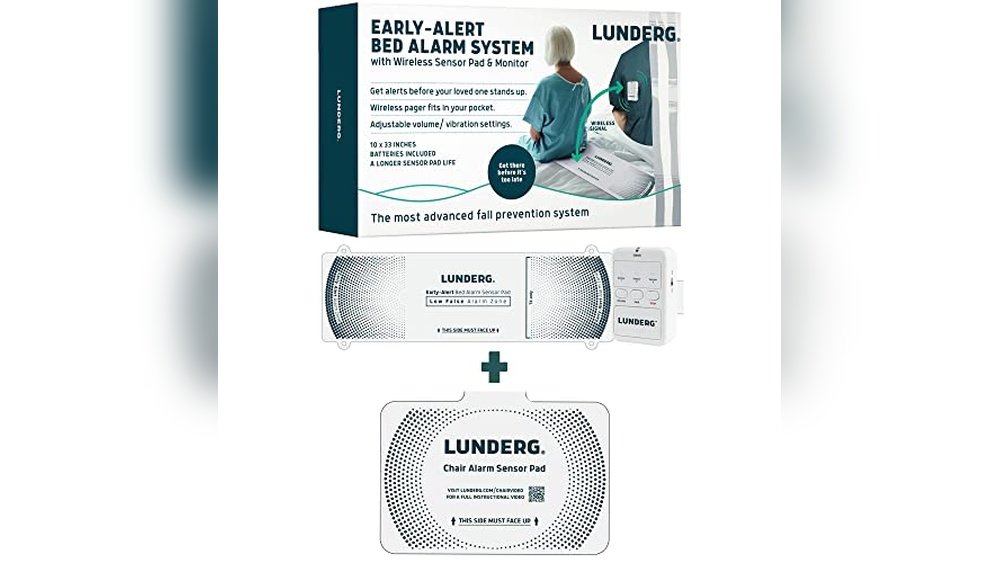Have you ever started a small home repair, only to realize you don’t have a caulk gun? It’s frustrating when a simple task feels like it’s suddenly out of reach.
But here’s the good news—you might not need a caulk gun at all. If you’re wondering whether you can use caulk without one, you’re in the right place. This article will show you easy, effective ways to get the job done, saving you time, money, and stress.
Keep reading—you’ll learn practical tips that make your next project smoother than ever.

Credit: girafesealant.com
Types Of Caulk For Diy
Choosing the right type of caulk is important for your home projects. Different caulks work best on different surfaces and conditions. Knowing the types helps you get good results and saves time.
Some caulks are easy to apply without special tools. Others need a caulk gun for smooth application. Understanding the differences helps you decide what to buy.
Silicone Vs. Acrylic Caulk
Silicone caulk is very flexible and waterproof. It sticks well to glass, metal, and tile. It works great in bathrooms and kitchens.
Acrylic caulk is easier to paint over and clean up. It is best for dry areas like walls and trim. Acrylic caulk is cheaper but less durable than silicone.
Choosing The Right Caulk For Your Project
Think about where you will use the caulk. For wet areas, silicone is a good choice. For dry, indoor spots, acrylic works well.
Check if you need paintable caulk. Acrylic usually lets you paint over it. Silicone does not hold paint well.
Consider how easy the caulk is to apply without a gun. Some tubes come with a squeeze tip for simple use.
Alternatives To Caulk Guns
Caulk guns make applying caulk easier and neater. Yet, not everyone owns one. Many simple alternatives let you work without a caulk gun. These options save time and money. They help you seal gaps and cracks just the same.
Using A Squeeze Tube Caulk
Some caulks come in squeeze tubes. You can apply them by pressing the tube gently. The soft plastic pushes caulk out smoothly. This method suits small jobs and touch-ups. It offers good control over the flow. Clean the tip after use to keep it ready.
Applying Caulk With A Putty Knife
Putty knives work well for spreading caulk. Squeeze some caulk onto a flat surface. Use the putty knife to scoop and spread it. This technique works on wider cracks and gaps. It helps smooth the caulk evenly. Clean the knife after every use to avoid mess.
Diy Caulk Gun Substitutes
You can make a simple caulk gun substitute at home. Use a pair of pliers or a clamp to squeeze the tube. Hold the tube firmly and apply pressure gradually. This method controls the flow like a real gun. Try it gently to avoid wasting caulk. It’s handy in a pinch.
Step-by-step Application Tips
Applying caulk without a caulk gun is possible with the right approach. This guide offers clear steps to help you get smooth, clean results. Follow each step carefully for the best finish.
Preparing The Surface
Clean the area where you want to apply caulk. Remove old caulk, dirt, and dust. Use a brush or cloth to wipe the surface dry. A clean surface helps the caulk stick well and last longer.
Cutting The Caulk Tube
Cut the tip of the caulk tube at a small angle. Start with a small opening to control the flow. You can always make the hole bigger if needed. Use a sharp knife or scissors for a clean cut.
Controlling The Flow Without A Gun
Squeeze the tube gently with your hand. Apply steady, even pressure to avoid bursts. Move your hand slowly along the line where you want caulk. Stop squeezing before lifting the tube to avoid drips.

Credit: www.youtube.com
Smoothing And Finishing Techniques
Smoothing and finishing caulk is important for a clean look. It helps the caulk stick better and last longer. You can do this even without a caulk gun. Simple tools or your finger work well to shape the caulk. The key is to work quickly before the caulk dries. This section explains how to smooth and clean caulk for a neat finish.
Using Your Finger Or A Tool
Use your finger to smooth the caulk line gently. Wet your finger with water or soapy water first. This prevents the caulk from sticking to your skin. Run your finger along the caulk line with light pressure. It shapes the caulk and removes bumps.
You can also use tools like a plastic spoon or a caulk finishing tool. These help create a smooth edge. Hold the tool at a slight angle. Drag it along the caulk bead evenly. This method works well for tight spaces or corners.
Cleaning Excess Caulk
Remove extra caulk quickly before it dries. Use a damp cloth or paper towel to wipe off the excess. For stubborn spots, a plastic scraper works well. Avoid using sharp tools that can damage surfaces.
Cleaning excess caulk keeps your work neat and professional. It also prevents messes from hardening. Always clean the area around the caulk to avoid stains. This step improves the overall look and durability of the job.
Common Mistakes To Avoid
Using caulk without a caulk gun can work for small jobs. Yet, many make common mistakes that cause poor results. Avoiding these errors saves time and effort. It also keeps your work neat and lasting longer.
Applying Too Much Caulk
Applying too much caulk is a frequent problem. It makes the area messy and hard to smooth. Excess caulk takes longer to dry and can crack later. Use just enough to fill the gap or crack. A steady hand and slow squeeze help control the flow. Less is more when applying caulk without a gun.
Poor Surface Preparation
Cleaning the surface before caulking is crucial. Dirt, dust, and old caulk prevent new caulk from sticking. Wipe the area with a damp cloth and let it dry. Remove any loose material carefully. A clean surface helps the caulk bond well and last longer. Skipping this step leads to peeling and cracking.
When To Consider Using A Caulk Gun
Choosing the right tool for applying caulk is important. A caulk gun can make a big difference in some situations. Knowing when to use a caulk gun helps you get better results. It can save time and reduce mess. The size and type of your project often decide this.
Large Projects
Large projects need a steady flow of caulk. Using a caulk gun makes this easier. It allows you to apply caulk quickly and smoothly. Holding a tube by hand can tire your fingers. A gun helps keep a steady pressure. This means fewer stops and starts. It also reduces waste by controlling the amount released. For big jobs, a caulk gun is very helpful.
Professional Results
A caulk gun gives better control over the bead of caulk. This control helps create clean, straight lines. It reduces lumps and gaps in the seal. Smooth beads look neater and last longer. Using a gun also helps avoid messy fingerprints and smudges. If you want your work to look like a pro did it, using a caulk gun is the way to go.

Credit: gesealants.com
Frequently Asked Questions
Can You Apply Caulk Without A Caulk Gun?
Yes, you can apply caulk without a caulk gun by using a squeeze tube or a plastic bag with a cut tip. This method works for small jobs but offers less control and precision compared to a caulk gun.
What Tools Can Replace A Caulk Gun?
A squeeze tube or a disposable piping bag can replace a caulk gun for minor tasks. These alternatives allow manual control but are less efficient for large or detailed projects.
Is Using A Caulk Gun Necessary For All Caulking Jobs?
No, a caulk gun is not necessary for all jobs. Small repairs can be done with squeeze tubes. However, a gun provides better accuracy and speed for bigger projects.
How To Get Smooth Caulk Lines Without A Caulk Gun?
To get smooth lines without a gun, apply steady pressure with a squeeze tube or bag. Then, use a wet finger or a caulk finishing tool to smooth the bead.
Conclusion
Caulk can be used without a caulk gun, but it takes more effort. You can squeeze the tube by hand or use simple tools to help. This method works best for small jobs or tight spaces. For larger projects, a caulk gun saves time and gives better control.
Always keep the tube steady and apply even pressure. Clean up any mess quickly to keep your work neat. Trying both ways helps find what suits you best. Easy to try, and it gets the job done.



